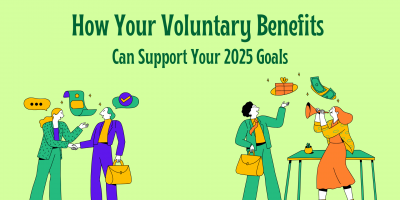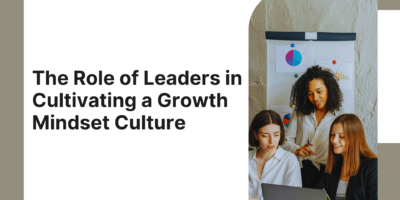
How Your Voluntary Benefits Can Support Your 2025 Goals?
As companies plan for 2025, competitive salaries and mandatory benefits no longer suffice. Instead, voluntary benefits are taking center stage, proving to be a valuable aid for long-term business growth.





